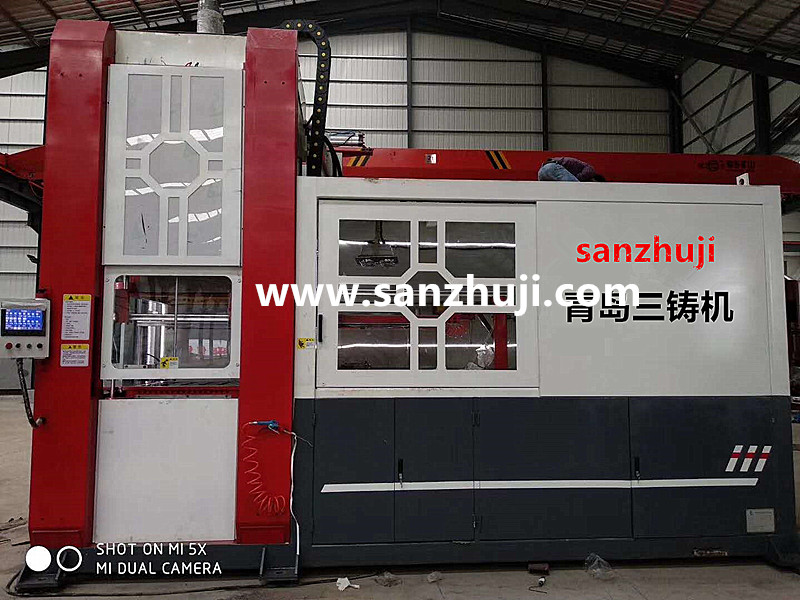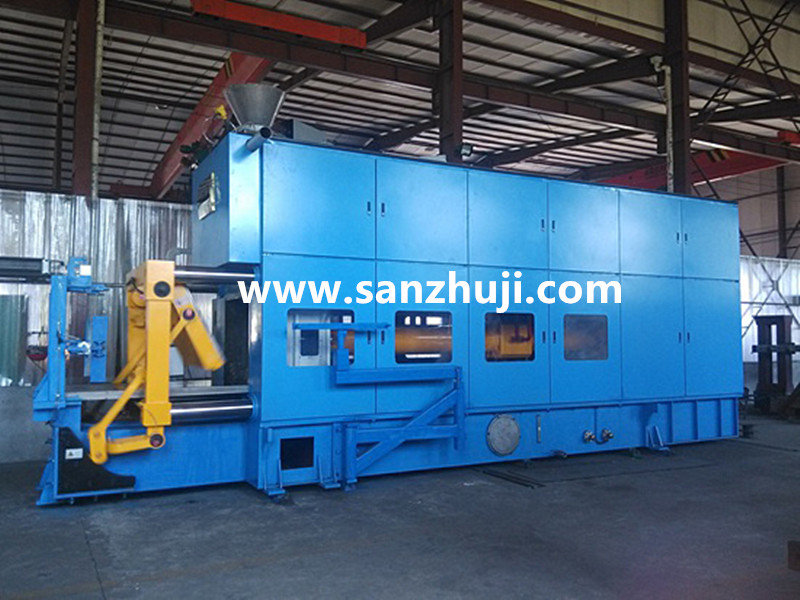The process of casting production is divided into four basic parts: casting metal preparation, casting preparation and casting, casting processing.
1、metal preparation, mainly metal melting: a metal as the main component (such as iron, aluminum or copper), adding other metals or non-metallic elements (chromium, manganese, vanadium, zinc, phosphorus, silicon, etc.) by heating and melting the specified composition of the metal melt (cast iron, cast steel and casting non-ferrous metals).
Metal melting - so that the molten metal in temperature, chemical composition, and cleanliness to meet the expected requirements, in the melting process to be carried out for quality control purposes of various inspection tests, such as temperature testing, pre-furnace chemical analysis, pre-furnace treatment (desulfurization, vacuum degassing, refining, breeding metamorphosis treatment), etc..
Commonly used equipment: cupola, electric arc furnace, resistance furnace, induction furnace, etc.
2、Casting preparation: different products, different casting methods have different casting preparation, sanzhuji combined with the characteristics of sand casting production, the casting type is divided into: sand, metal type, etc.. Commonly used sand casting, casting preparation content has molding material preparation, core making, sand mixing (to control the composition and humidity of the sand), molding, etc.. (In addition, before the molding there is the casting diagram design; pouring mouth design, casting system design technical work and model making, etc.). The accuracy of the casting and the economic effect of the whole production process depends mainly on this process. In modern production, molding and core making are mechanized or automated.
Commonly used equipment are: Jolt-squeezing moulding machines, Hydraulic multi-piston moulding machine, shot blasting machine, core shooting machine, hot and cold core box machine, etc.. In addition, there are investment casting (lost wax casting), etc.
3、metal casting is generally divided into manual and mechanical two, cast iron production is mainly manual casting, by the crane and other lifting facilities to lift the iron package to achieve casting (concern casting before the slag is sufficient, pouring temperature is appropriate, etc.), non-ferrous metal casting is generally used to automatically complete the pressure casting machine to achieve. (At this time should control the die-casting process parameters - temperature, pressure, time, etc.), the main facilities have a variety of die-casting machine.
4、casting processing: mainly sand, sand cleaning, pouring mouth cleaning, some castings have special requirements for heat treatment (such as casting annealing, ductile iron annealing treatment, etc.), and anti-rust treatment. Processing equipment are sand machine, shot blasting machine, a variety of heat treatment furnace, etc.
5、the main factors to be concerned about during the production process are
5.1 The temperature during melting, the composition of the melt, and casting temperature, and the control of the heat treatment process of the casting (heating temperature, holding time, cooling rate).
5.2 melting casting and heat treatment process should be controlled as a special process.
5.3 Ductile iron casting should be concerned about the quality of the furnace charge (coke, pig iron, scrap and nodulizer, especially the scrap should not be mixed with high-alloy steel)
5.4 In addition, the production safety environment requirements: waterproof casting environment, transportation of iron and water ladle travel security inspection
5.5 Related main technical standards.
GB/T 9439-1988 gray cast iron parts
GB/T 718-2005 pig iron for casting
GB/T 8729-1988 Coke for casting
GB/T 11352-2009 Casting carbon steel parts for general engineering
GB/T 1348-2009 Ductile iron parts
GB/T 15056-1994 Casting surface roughness Assessment method
GB/T 11351-1989 Casting weight tolerance
6、casting quality generally includes three aspects.
6.1 intrinsic quality: it includes the casting material quality (chemical composition, metallurgical organization, metallurgical defects, physical and mechanical properties and certain special properties, etc.) and the internal casting defects of the casting.
6.2 external quality: generally includes the casting surface quality (surface roughness, surface hard layer depth and hardness, etc.), size and weight accuracy (size tolerance, shape tolerance; weight tolerance) and external casting defects.
6.3 Use quality: It includes cutting performance, welding performance and working life, etc.
Qingdao Sanzhuji Equipment Manufacturing Co., Ltd. specializes in the production of Green Sand Molding Line,Self-hardening sand molding line,foundry machines,Sand molding machine,Sand casting equipment,sand mixer,GS high efficiency rotary mixer,Resin sand mixer,no-bake resin sand mixer,Jolt squeeze molding machine/Jolt-squeezing moulding machines,Multi- Piston Moulding Machine/Hydraulic multi-piston moulding machine,sand casting molding machine,sand reclamation equipment,foundry molding machine,flaskless moulding machine,shot blasting machine,dust collector,according to the amount of old sand recovered Carry out plan customization, and provide sand reclamation equipment installation, commissioning, and training. Welcome guests to visit the factory.








